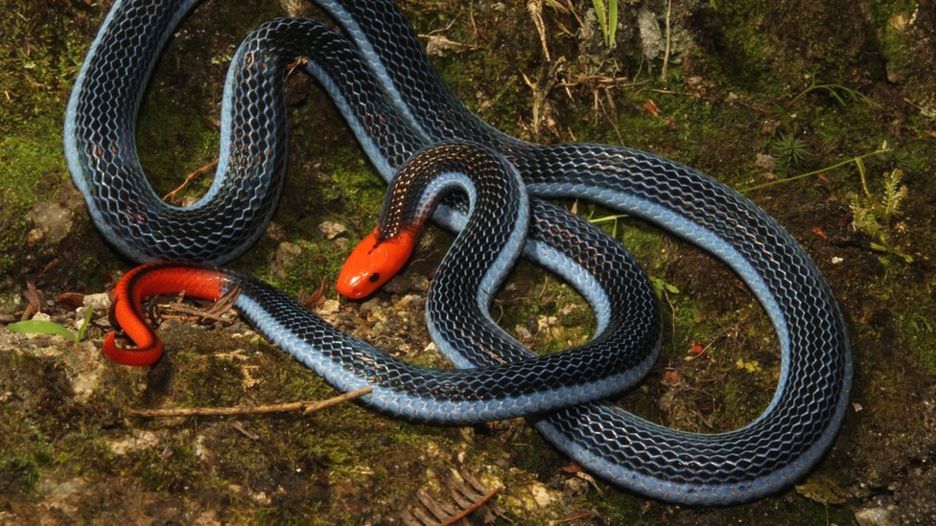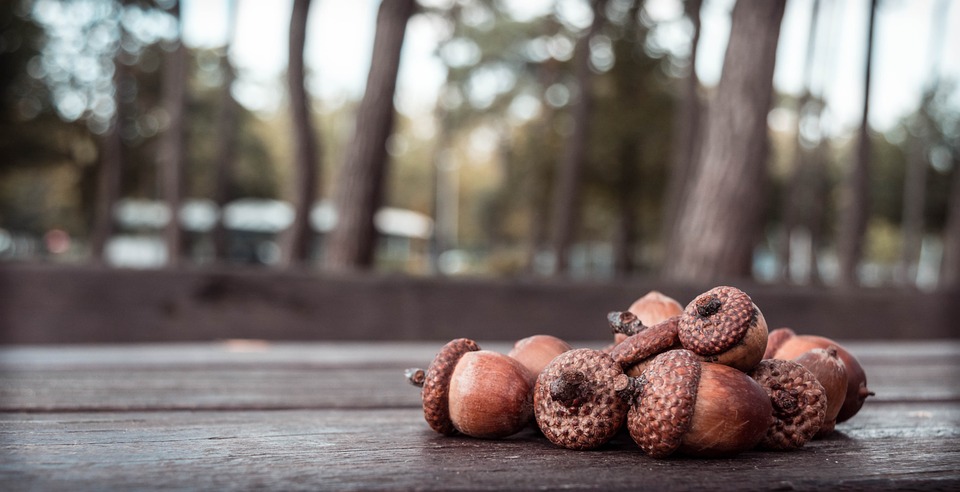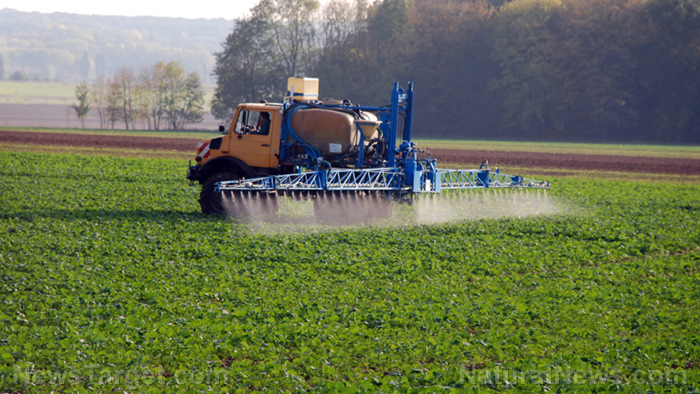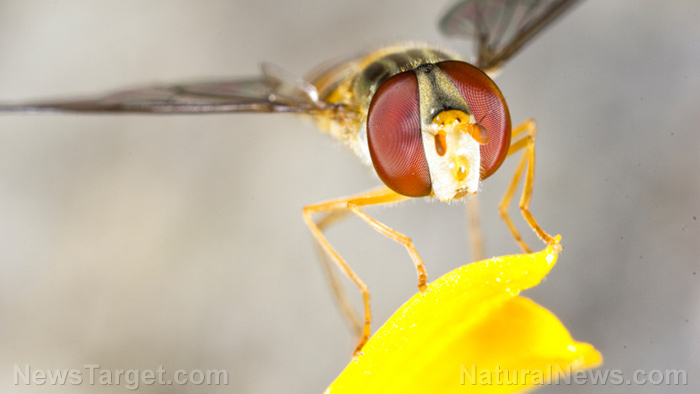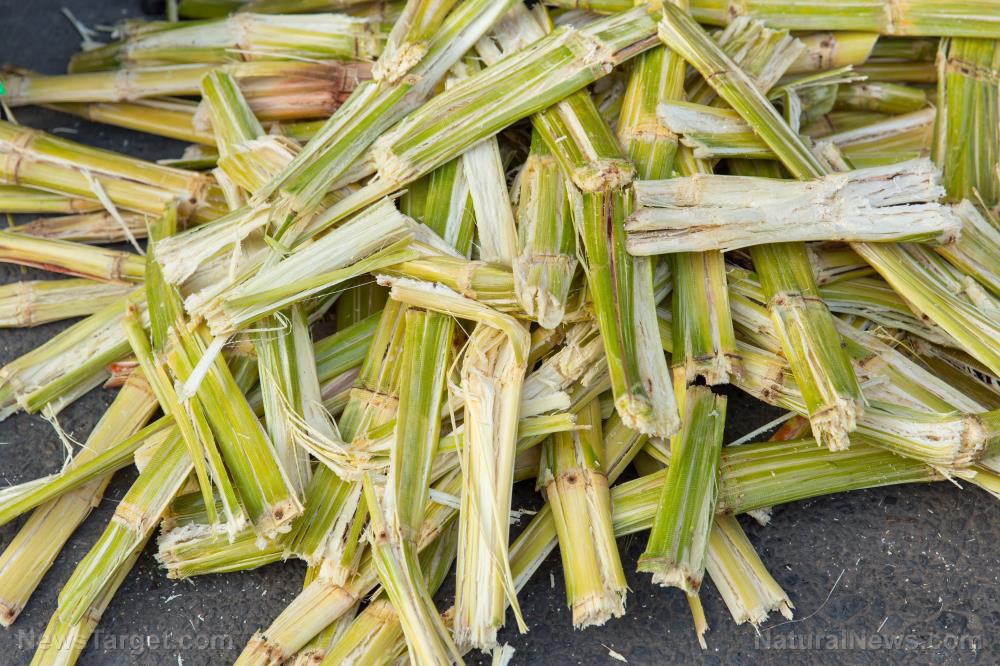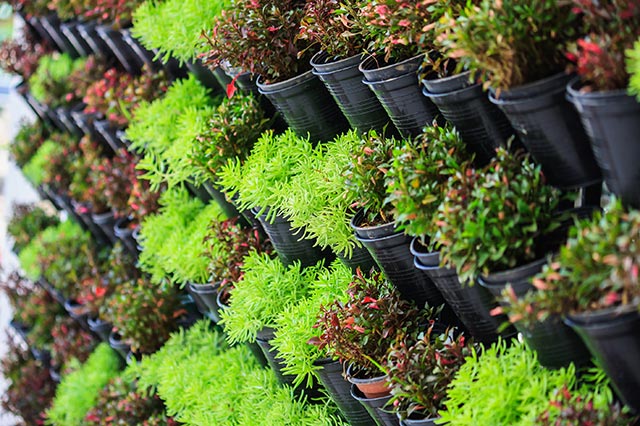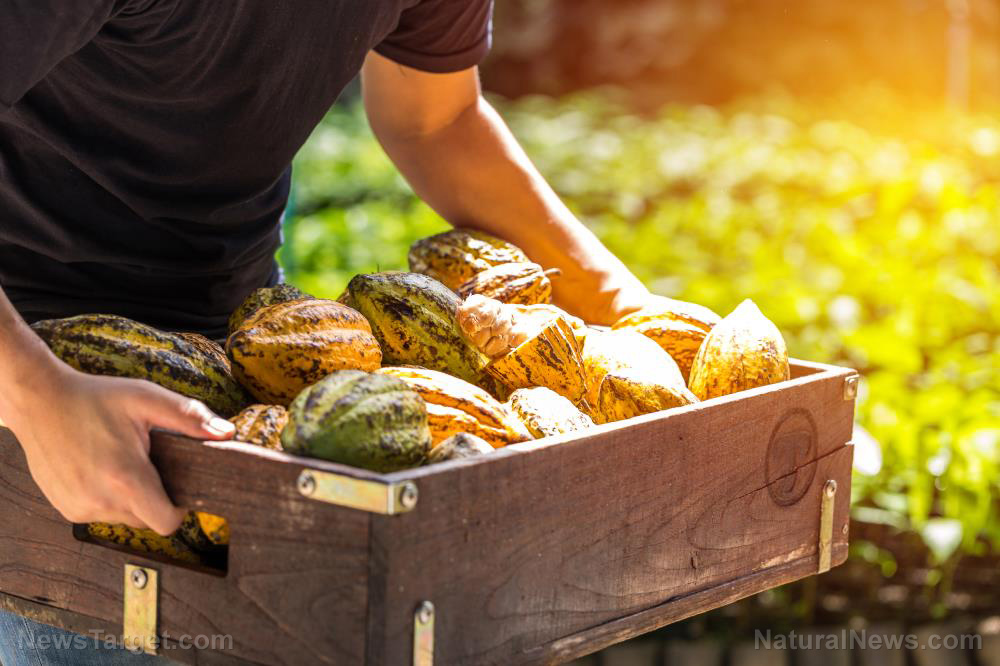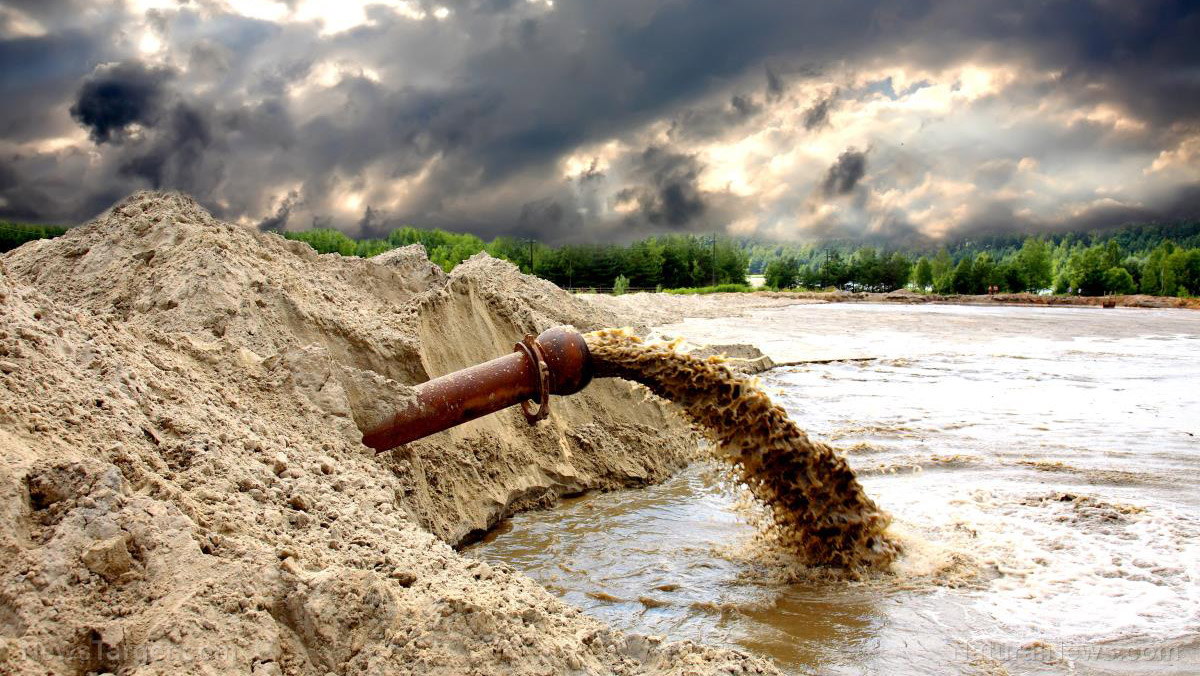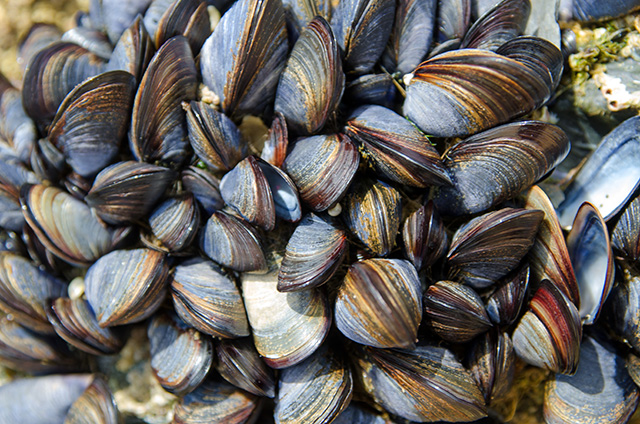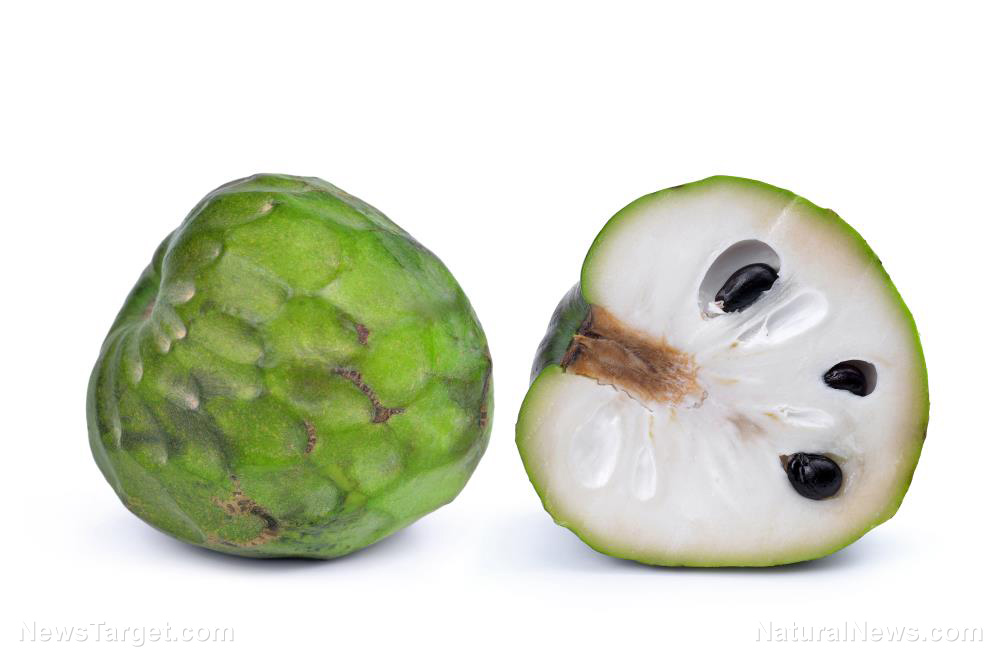Are bioplastics really as eco-friendly as they’re touted to be?
10/28/2018 / By Lance D Johnson
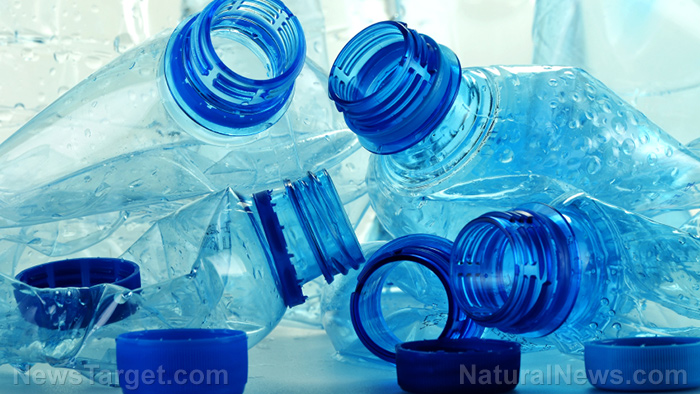
Approximately 165 million tons of petroleum-based plastic now pollute the ocean. Another nine million tons of plastic are added to the seas each year. Only nine percent of plastic is recycled. It takes at least 500 years for traditional plastic to decompose, as toxic chemicals break down and leach into the environment.
In the rush to reduce plastic consumption, researchers have experimented with bioplastics. Touted as eco-friendly, bioplastics are made from 20 percent or more renewable materials. Even though researchers are headed in the right direction, are bioplastics really as eco-friendly as they are touted to be?
Bioplastics may be marketed as degradable plastic, but this term is misleading because all plastics degrade. Just because the product breaks down into tiny fragments, does not mean the product will return to nature and leave behind fewer toxins.
Bioplastics may be marketed as biodegradable, which means, under the right conditions, the material breaks down into H2O, CO2 and compost matter. However, this process doesn’t always occur if the bioplastic is made from biomass that cannot be broken down by microorganisms in the environment. Furthermore, not all biodegradable plastics break down quickly (within weeks and months). These bioplastics are marketed as “durable” plastics.
The truest form of bioplastic is marketed as “compostable.” This plastic readily biodegrades in a compost site, leaving behind no toxic residue, as microorganism break down the material into H2O, CO2, inorganic compounds, and biomass. Even so, some researchers say these plastics still leave behind a significant carbon footprint.
The real problem with bioplastics
The real problem with bioplastics is the amount of pesticides, herbicides, fertilizers, water consumption, energy consumption, and land use that is required to make them. The market for bioplastics is projected to grow from $17 billion to $44 billion by 2022, and the Plastic Pollution Coalition estimates that 3.4 million acres of land will be needed just to grow the crops needed for bioplastic production. This requires intensive amounts of energy, fertilizer, agrochemicals, and also takes away from the food supply.
Bioplastics made from Polyactic acid (PLA) are typically produced from the sugars in corn starch, cassava, or sugarcane. Corn is made into plastic by first immersing the kernels in sulfur dioxide and hot water. As the molecules separate, they break down into starch, protein, and fiber. The kernel and corn oil are separated from the final starch, which ends up as long chains of carbon molecules that resemble the chains seen in traditional plastics. Citric acid is added to turn the starch into a long chain polymer – forming the building block for the new bioplastic. PLA production can be 50 percent more costly because of the process required to turn corn or sugarcane into plastic fibers.
Bioplastic may also be produced from genetically engineered microorganisms. These GE microbes are intentionally starved of nitrogen, oxygen, and phosphorous, causing an overproduction of carbon. The GE microbes are forced to produce carbon reserves, which are stored in granules. These are harvested as polyhydroxyalkanoate (PHA), which has a chemical structure similar to traditional plastics.
According to a 2010 study from the University of Pittsburgh, the entire life cycle of bioplastics is not very eco-friendly at all. Bioplastic production consumes more energy in the form of fertilizers, pesticides, and requires extensive chemical processing in order to turn the organic material into plastic. Because their production requires extensive land use, bioplastics deplete the ozone faster than traditional plastics. The Pittsburgh researchers also mentioned that B-PET contains the most carcinogens and is most toxic to ecosystems.
There are fewer greenhouse gas emissions when traditional plastics are produced from renewable energy resources, compared to the production of corn-based PLAs. Additionally, bioplastics are more prone to release methane, a greenhouse gas estimated to be 23 times more destructive to the ozone layer than carbon dioxide. The recycling infrastructure in cities are not suited to separate bioplastics from traditional plastics. When bioplastic is discarded with traditional PET plastic, the entire lot is rejected and sent to a landfill. Because of lack of composting facilities, the bioplastics end up in landfills. When deprived of oxygen in the land fills, bioplastics release more ozone-depleting methane.
There is hope for new alternatives
Because PLA bioplastics aren’t the sustainable, long term solution, researchers are looking for ways to create natural alternatives. A New York company is developing packaging material out of the mycelia of mushrooms. The USDA is developing a plastic food wrapping that is made from an edible and biodegradable film. A Japanese company called AMAM is producing packaging material made from the agar in red marine algae. A California company is creating plastic caps by using methane gas from wastewater treatment plants. California’s Full Cycle Bioplastics can make PHA out of garden waste, cardboard, leaves, and food waste. And, of course, we could all do more to recycle or reduce the plastics we use.
For more on protecting health and environment, visit Environ.News.
Sources include:
Tagged Under: bad solutions, biodegradable, bioplastics, carbon dioxide emissions, compost, degradable, Ecology, environ, environment, fertilizer, herbicides, land use, Landfills, Methane, plastic production, rational, recycling, skeptics, water use



